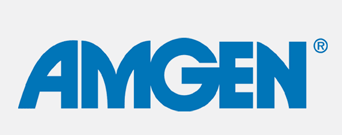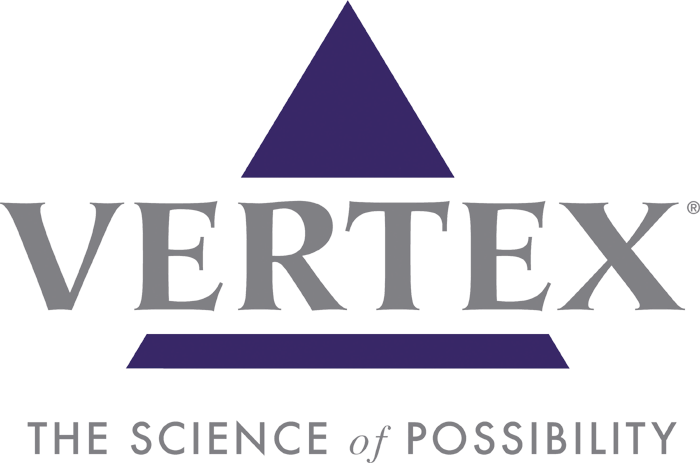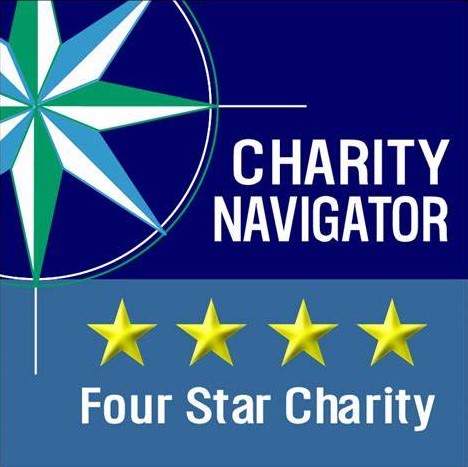History
Home hemodialysis started in 1964 in Seattle, Boston and London as a way of treating more patients when funding for dialysis was very limited. It soon became obvious that in addition to lower cost, this provided better survival, less frequent hospitalizations, better quality of life and opportunity for rehabilitation and increased patient independence and could be safely done at home three times a week overnight or during the day. By 1973, nearly 40 percent of all dialysis patients in the country were doing hemodialysis at home. However, with the start of the Medicare End-Stage Renal Disease Program, many more sicker and older patient became entitled to dialysis, more dialysis centers began to open, especially for-profit centers that were uninterested in home dialysis, and with less focus on home dialysis few centers continued to offer it as a treatment option.
In the 1990s, new studies of both more frequent and longer hemodialysis showed striking patient benefits. Now, with new technology, easier to use machines and increasing patient awareness, home hemodialysis is regaining popularity. Medicare established new rules and regulations in 2008 that require dialysis providers to inform all patients about the option of home dialysis. Dialysis centers must also provide you with a list of places that will train you to do it if training is not available at the center you are being treated.
Home Hemodialysis
You can do hemodialysis at home using one of three types of schedule: conventional home hemodialysis three times a week during the day or overnight, short “daily” home hemodialysis for 2 to 5 hours 5 to 7 times a week, overnight “nightly” home hemodialysis for 6 to 8 hours 5 to 7 times a week, or some combination of these treatments. Remember, normal kidneys work 168 hours a week, center hemodialysis in this country averages between about 11 and 12 hours a week, short daily hemodialysis averages between 10 and 25 hours a week, and frequent overnight hemodialysis averages from 30 to 56 hours a week. More frequent hemodialysis and/or more hours of dialysis reduces symptoms like headaches, nausea, and cramping during and after treatment because less fluid has to be removed with each treatment, reduces complications, hospitalizations, dietary and fluid restrictions and drug requirements and provides better quality of life.
Short Daily Home Hemodialysis
Pros
• You will feel better and have more energy and less fatigue after dialysis
• You will have fewer diet and fluid restrictions, better blood pressure control and may need fewer medications
• You will have greater energy for work, school, household activities and leisure activities
• You can choose your own treatment days and times.
• Treatment times are shorter.
• You’ll save time not having to drive to and from the clinic three times a week.
• You can do short daily hemodialysis when you travel. Supplies can be shipped to you for free in the continental US.
• You can take your machine along in a car, on a cruise, or even on an airplane.
Cons
• You need a care partner for each treatment.
• Training can take a few weeks, and you may need to take time off work to do it.
• Two needle sticks are needed for each treatment, and you (or your partner) will need to learn to place them.
• Short daily HD takes a few hours out of your day each day you do treatments.
• Room is needed to store the machine and supplies.
Although some patients still use regular dialysis machines for conventional home hemodialysis, short daily hemodialysis is the most widely used form of home hemodialysis today. This uses a relatively simple, small and portable machine designed specifically for home hemodialysis. Other home machines are under development.
Overnight hemodialysis on alternate nights or more, frequently provides the best treatment of all but is not as widely available. Home hemodialysis is not for everyone, and two issues in particular put patients off considering this. The first is having to stick yourself, but remember that once trained no one can do this better than you can; the second is the complicated looking machine, but if you can drive a car you can drive a dialysis machine – with both you have to be trained to use them safely and learn what to do when problems occur, but you don’t need to know what is under the hood in either case.
If you are at all interested you should ask the center to put you in touch with a successful home hemodialysis patient and their helper so they can tell you of their experience. If you decide to go ahead and are suitable to do home hemodialysis you will need several weeks of training during which you and your care partner will learn to:
• Insert and remove your needles
• Setup your equipment in your home
• Figure out how much fluid to remove from your blood during dialysis
• Use and care for your dialysis machine
• Notice and handle medical and equipment problems that may occur
• Store and order your supplies
• Check your blood pressure.
• You will not go home until the trainers are satisfied you are able to treat yourself.
As well as information from your doctor and your dialysis unit you can get more information from the American Association of Kidney Patients (www.aakp.org), the National Institute of Health’s publication on home hemodialysis at (www.kidney.niddk.nih.gov/kudiseases/pubs/homehemodialysis), the ESRD Network for your area, and the National Kidney Foundation (www.kidney.org). There are also many helpful places on the internet where you can find more information about home hemodialysis. Among the best are: Home Dialysis Central at www.homedialysis.org. For the views of a very experienced and knowledgeable home dialysis patient go to Bill Peckham’s website, Dialysis from the Sharp End of the Needle located at www.billpeckham.com.
Remember the words of the old song from 1823: “There’s no place like home!” Try it – you’ll like it.
Dr. Christopher Blagg is the Executive Director Emeritus at the Northwest Kidney Centers in Seattle, WA and a member of the AAKP Medical Advisory Board.
This article originally appeared in the November 2011 issue of aakpRENALIFE and At Home with AAKP magazine.































